Code Compliance: Don't Put Signs On The Right-Of-Way
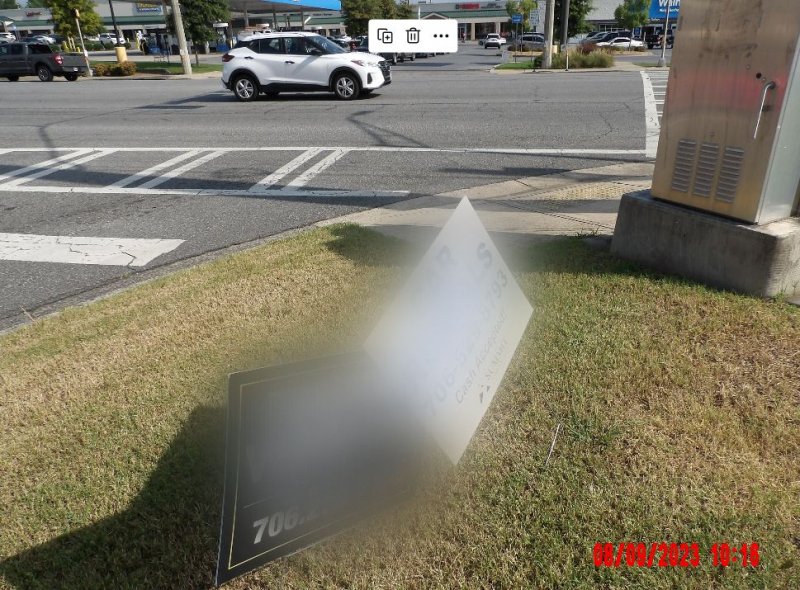 Wednesday, August 9th, 2023
Wednesday, August 9th, 2023
By 11:00 on Wednesday morning, one of Dalton's code compliance inspectors had already removed 27 temporary signs from the right-of-way along city streets. On average, an inspector picks up between 5 to 10 signs that are in violation of Dalton's sign ordinance while attending to other duties.
"We’re starting to see an increase in signs in the right-of-way, everything from birthday parties to houses for sale, political signs," said code compliance inspector Jake Hollis. "Getting into the political campaign season we want to let the residents know that you can’t put a sign on the City right-of-way regardless of what the sign is without it being permitted by the City."
Caption: These signs were removed Wednesday morning from the right-of-way near a control box at the intersection of Walnut Avenue and the Hamilton Connector (signage has been blurred to avoid identifying the owners)
Dalton's sign ordinance prohibits temporary signage in the City right-of-way. Temporary signage is also prohibited anywhere in the Walnut Avenue Gateway Corridor District. The right-of-way is typically the area of land closest to the street, such as the grass strip between the road and a sidewalk. However, every property is different and the right-of-way area varies. A good rule of thumb is to look where power poles are located. Power poles are placed on rights-of-way and the area between the line of power poles and the road is always off limits for signage.
When code compliance inspectors find signs that are illegally placed in the right-of-way, they typically attempt to contact the owners of the signage to have them come to collect the signs. However, that isn't always possible and the signs are taken to be thrown out or destroyed.
"These signs are expensive, especially if they’re double sided signs and there’s a cost to that. We don’t want to interfere with people trying to come to Dalton and do business," Hollis said. "(A company in the Atlanta area) was advertising for some type of medical drug, and I called them and told them they were in violation and they came up from the Atlanta area and picked up about 20 signs that I know of, not to mention the other 10 or 12 that I picked up previously. So a lot of times... we try and allow people that opportunity."
Local elections are coming up in November along with a presidential campaign year in 2024. That always means an increase in political campaign signage, often where it is not allowed.
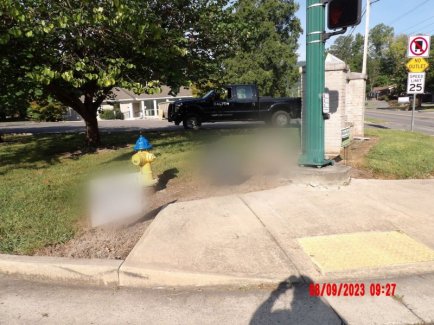
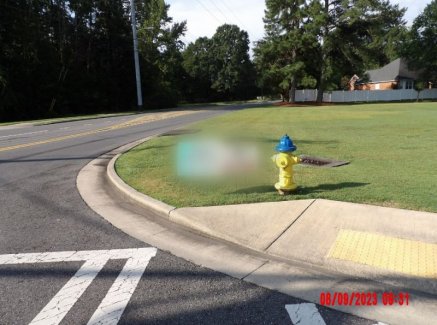 "A lot of times, the candidates aren’t the ones putting them out, it’s their constituents or their supporters," Hollis said. "For example, North Thornton at the Bypass, a lot of times people will put signs out there, but that’s a state right-of-way so those signs can’t be there. People just don’t realize it. Most of the time when I’ve contacted candidates or I’ve contacted the RNC or DNC and said, hey, these signs are out there… most of the time we try to get those signs back to them, but once we get into campaign season there are so many of them that we can’t keep up."
"A lot of times, the candidates aren’t the ones putting them out, it’s their constituents or their supporters," Hollis said. "For example, North Thornton at the Bypass, a lot of times people will put signs out there, but that’s a state right-of-way so those signs can’t be there. People just don’t realize it. Most of the time when I’ve contacted candidates or I’ve contacted the RNC or DNC and said, hey, these signs are out there… most of the time we try to get those signs back to them, but once we get into campaign season there are so many of them that we can’t keep up."
Caption: More examples of signs that were removed from city rights-of-way on Wednesday morning include signs placed next to or on utility poles (signage has been blurred to avoid identifying the owners)
Of course, temporary signs like campaign signs are also popular in residential neighborhoods. While the code compliance office isn't focusing on front yards, they do ask residents to be mindful of the right-of-way and especially safety for passing cars.
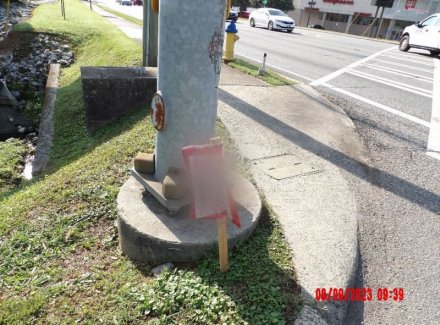
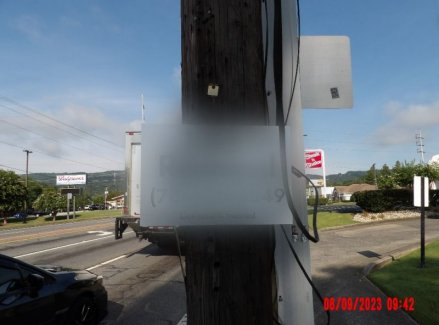 "We really aren’t going to be grabbing things out of people’s yards for a whole multitude of reasons, however, they need to be aware there is an ordinance and it’s online, available on our website," Hollis said. "We’re not so much focused on people’s front yards as we are the high traffic areas, places like Dug Gap and Hackney, Dug Gap and Lakemont… these different high traffic areas that if you start throwing a bunch of signs up, people can’t see and it becomes a public safety hazard."
"We really aren’t going to be grabbing things out of people’s yards for a whole multitude of reasons, however, they need to be aware there is an ordinance and it’s online, available on our website," Hollis said. "We’re not so much focused on people’s front yards as we are the high traffic areas, places like Dug Gap and Hackney, Dug Gap and Lakemont… these different high traffic areas that if you start throwing a bunch of signs up, people can’t see and it becomes a public safety hazard."
"We don’t normally focus on neighborhoods unless there’s a complaint," Hollis continued. "If there’s a complaint by five or more residents then we’ll come out and try to address is that way. And even then, with that being the case, we’ll try to notify the residents before we take any type of signs off of private property."
Advertisers should also be mindful that the right-of-way isn't just limited to the area immediately next to the roadway. The areas around utility poles or boxes are considered to be public property and off-limits for signage regardless of where they are located.
"A good example of that is (the traffic signal control box) at Waugh Street and Shugart, a lot of people think that it’s OK to put signs up there at the end but in reality that’s actually the city right of way," Hollis said. "We’re running into that in a lot of places. Dug Gap and Mineral Springs, there you have a traffic pole and a lot of people place signs around that thinking that it belongs to what used to be the doctor’s office and that’s not the case."
"Anywhere there are power poles, the utility right of way is still considered city right of way."
